If you look at a topographical map of The Netherlands, likely one of the most boring such maps in the world, you'd see that much of the western part of the country is slightly below mean sea level, most of the rest of the country is only the slightest bit above sea level, there’s some elevated land and in Limburg Province between Belgium and Germany, and then there’s some low hills in the central part of the country. This region is known as Hoge Veluwe and actually includes some slightly hilly country. The area consists of sandy and infertile soil, so was cleared for cropland but reverted to moors and dunes used for grazing when crops did poorly.
The wealthy Kroller-Muller family owned a large estate in the area which they donated to the Dutch nation to become Hoge-Veluwe National Park
. As far as national parks of the world go, this one’s quite tiny and very managed (just like the Netherlands in general in the scheme of things). It’s managed, though, to preserve the open spaces and heath from becoming completely overgrown by forest and for the wildlife that lives there. That charismatic megafauna consists of Red Deer, Roe Deer, and Wild Boar and introduced Chamois and Mouflon from mountainous regions of the Alps, Pyrenees, and Sardinia. It’s not quite the Serengeti, but I did get to see three of those five species on my drive through the park. I guess the best way to see the park, like maybe the best way to see the Netherlands, is on a bike, since its crossed by an extensive system of trails.
Het Loo Palace and the Kroller-Muller Museum were my top reasons for including eastern Netherlands on my itinerary and renting a car, but my guidebook mentioned numerous other places of varying levels of interestingness to see on a trip through the region. I decided to stop in Zutphen, a well-preserved medieval town along the Ijssel River a short distance east of Apeldoorn and Hoge-Veluwe. It’s a beautiful town, but none of the sights were open on the April weekday morning of my visit. There’s something about it, though, that seems just a little more German or Belgian than places closer to the coast in what’s officially Holland seem, still the Netherlands but not as uniquely Dutch in atmosphere.
Eastern Gelderland - Zutphen & Hoge Veluwe
Wednesday, April 19, 2017
![]() Zutphen, Gelderland
Zutphen, Gelderland
Other Entries
-
1Delft - Classic Dutch Town of Vermeer and Porcelai
Apr 127 days prior Delft, Netherlandsphoto_camera157videocam 0comment 0
Delft, Netherlandsphoto_camera157videocam 0comment 0 -
2The Hague - Seat of Government but not the Capital
Apr 136 days prior The Hague, Netherlandsphoto_camera76videocam 0comment 0
The Hague, Netherlandsphoto_camera76videocam 0comment 0 -
3Mauritshuis - Art of the Dutch Golden Age
Apr 136 days prior The Hague, Netherlandsphoto_camera59videocam 0comment 0
The Hague, Netherlandsphoto_camera59videocam 0comment 0 -
4Rotterdam - Cutting Edge Modern Architecture
Apr 145 days prior Rotterdam, Netherlandsphoto_camera105videocam 0comment 0
Rotterdam, Netherlandsphoto_camera105videocam 0comment 0 -
5Rotterdam - Boijmans Van Beuningen Museum
Apr 145 days prior Rotterdam, Netherlandsphoto_camera43videocam 0comment 0
Rotterdam, Netherlandsphoto_camera43videocam 0comment 0 -
6Rotterdam Port - Largest in Europe, 3rd Worldwide
Apr 145 days prior Rotterdam, Netherlandsphoto_camera72videocam 0comment 0
Rotterdam, Netherlandsphoto_camera72videocam 0comment 0 -
7Dordrecht - Oldest City in the Holland
Apr 154 days prior Dordrecht, Netherlandsphoto_camera97videocam 0comment 0
Dordrecht, Netherlandsphoto_camera97videocam 0comment 0 -
8Kinderdijk - The Story of Dutch Windmills
Apr 154 days prior Kinderdijk, Netherlandsphoto_camera41videocam 0comment 0
Kinderdijk, Netherlandsphoto_camera41videocam 0comment 0 -
9The Hague -Peace and Art in International District
Apr 163 days prior The Hague, Netherlandsphoto_camera64videocam 0comment 0
The Hague, Netherlandsphoto_camera64videocam 0comment 0 -
10Gemeente Museum - 19th & 20th Century Dutch Ar
Apr 163 days prior The Hague, Netherlandsphoto_camera65videocam 0comment 0
The Hague, Netherlandsphoto_camera65videocam 0comment 0 -
11Scheveningen - Where Holland Goes to the Beach
Apr 163 days prior Scheveningen, Netherlandsphoto_camera40videocam 0comment 0
Scheveningen, Netherlandsphoto_camera40videocam 0comment 0 -
12Utrecht - Ancient University City in Central Nethe
Apr 172 days prior Utrecht, Netherlandsphoto_camera127videocam 0comment 0
Utrecht, Netherlandsphoto_camera127videocam 0comment 0 -
13Kroller-Muller Museum - Van Goghs Galore
Apr 181 day prior Otterlo, Netherlandsphoto_camera79videocam 0comment 0
Otterlo, Netherlandsphoto_camera79videocam 0comment 0 -
14Apeldoorn - The Het Loo Royal Palace
Apr 181 day prior Apeldoorn, Netherlandsphoto_camera82videocam 0comment 0
Apeldoorn, Netherlandsphoto_camera82videocam 0comment 0 -
15Eastern Gelderland - Zutphen & Hoge Veluwe
Apr 19Zutphenphoto_camera56videocam 0comment 0 -
16Overijsel Province - Hanseatic Zwolle & Kampen
Apr 201 day later Kampen, Netherlandsphoto_camera75videocam 0comment 0
Kampen, Netherlandsphoto_camera75videocam 0comment 0 -
17Northeast Polder - Life Below Sea Level
Apr 201 day laterUrkphoto_camera95videocam 0comment 0 -
18Friesland - Province apart from rest o Netherlands
Apr 201 day laterHindeloopenphoto_camera36videocam 0comment 0 -
19Alkmaar - 600 Year Old Friday Cheese Market
Apr 212 days later Alkmaar, Netherlandsphoto_camera67videocam 0comment 0
Alkmaar, Netherlandsphoto_camera67videocam 0comment 0 -
20Alkmaar - Noord Holland's Medieval Heart
Apr 212 days later Alkmaar, Netherlandsphoto_camera56videocam 0comment 0
Alkmaar, Netherlandsphoto_camera56videocam 0comment 0 -
21Keukenhof Gardens -Like Disney World for Gardeners
Apr 223 days later Lisse, Netherlandsphoto_camera134videocam 0comment 0
Lisse, Netherlandsphoto_camera134videocam 0comment 0 -
22Bloemencorso Bollenstreek -Holland's Flower Parade
Apr 223 days later Lisse, Netherlandsphoto_camera119videocam 0comment 0
Lisse, Netherlandsphoto_camera119videocam 0comment 0 -
23Leiden - The Oxford of The Netherlands
Apr 234 days later Leiden, Netherlandsphoto_camera83videocam 0comment 0
Leiden, Netherlandsphoto_camera83videocam 0comment 0 -
24Haarlem - Frans Hals & Epitome of Dutch Golden
Apr 234 days later Haarlem, Netherlandsphoto_camera87videocam 0comment 0
Haarlem, Netherlandsphoto_camera87videocam 0comment 0 -
25Rijkmuseum - The Art of a Great Nation
Apr 245 days later Amsterdam, Netherlandsphoto_camera117videocam 0comment 0
Amsterdam, Netherlandsphoto_camera117videocam 0comment 0 -
26The Museum Quarter - Stedelijk & Van Gogh
Apr 256 days later Amsterdam, Netherlandsphoto_camera58videocam 0comment 0
Amsterdam, Netherlandsphoto_camera58videocam 0comment 0 -
27Central Amsterdam - From Dam to Red Light District
Apr 256 days later Amsterdam, Netherlandsphoto_camera82videocam 0comment 0
Amsterdam, Netherlandsphoto_camera82videocam 0comment 0 -
28Amsterdam - The Grachtengordel (Canal Ring)
Apr 267 days later Amsterdam, Netherlandsphoto_camera93videocam 0comment 0
Amsterdam, Netherlandsphoto_camera93videocam 0comment 0 -
29Amsterdam East - Hermitage & Old Jewish Quarte
Apr 267 days later Amsterdam, Netherlandsphoto_camera39videocam 0comment 0
Amsterdam, Netherlandsphoto_camera39videocam 0comment 0 -
30King's Day - Netherlands' Annual National Party
Apr 278 days later Amsterdam, Netherlandsphoto_camera105videocam 0comment 0
Amsterdam, Netherlandsphoto_camera105videocam 0comment 0 -
31All That Goodness - Dutch Beers & Treats
Apr 289 days later Amsterdam, Netherlandsphoto_camera60videocam 0comment 0
Amsterdam, Netherlandsphoto_camera60videocam 0comment 0

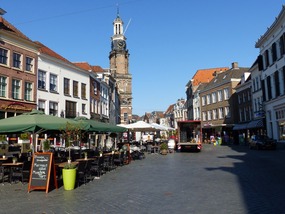

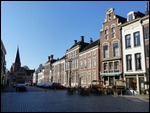
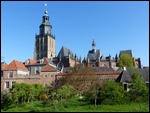
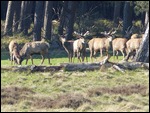
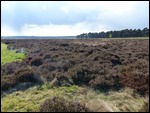
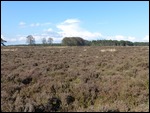
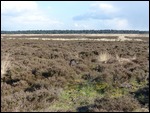
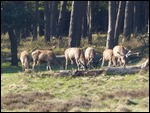

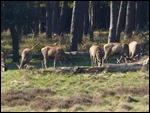
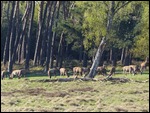
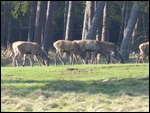
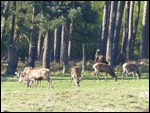
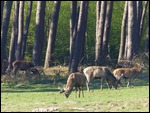
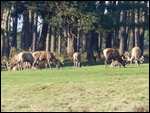
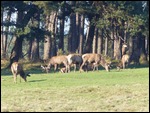
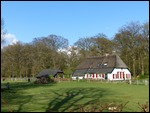

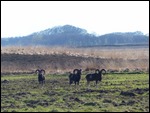
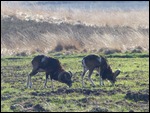
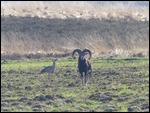
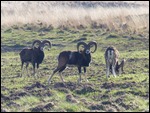
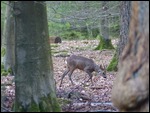
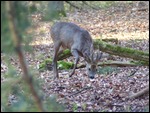
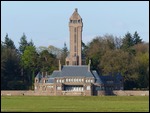

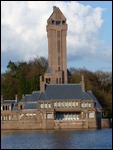
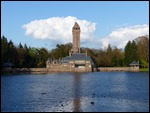
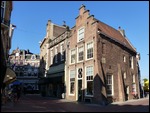
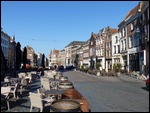
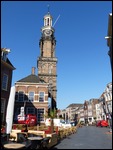
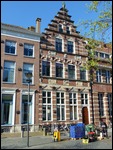
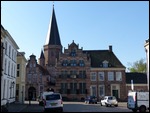
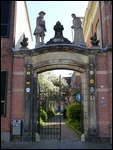
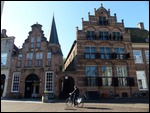
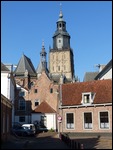
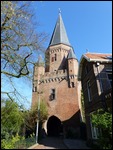
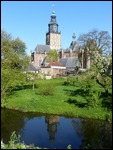
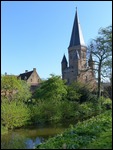

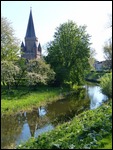
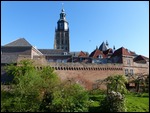
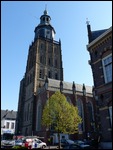
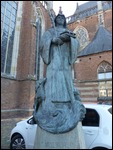

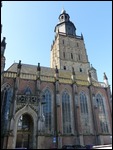
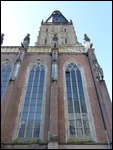

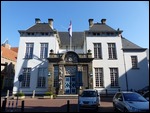
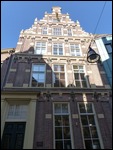
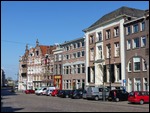
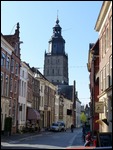
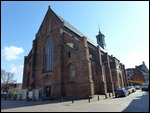
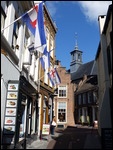
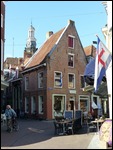
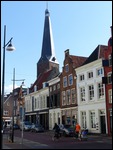
2025-05-22